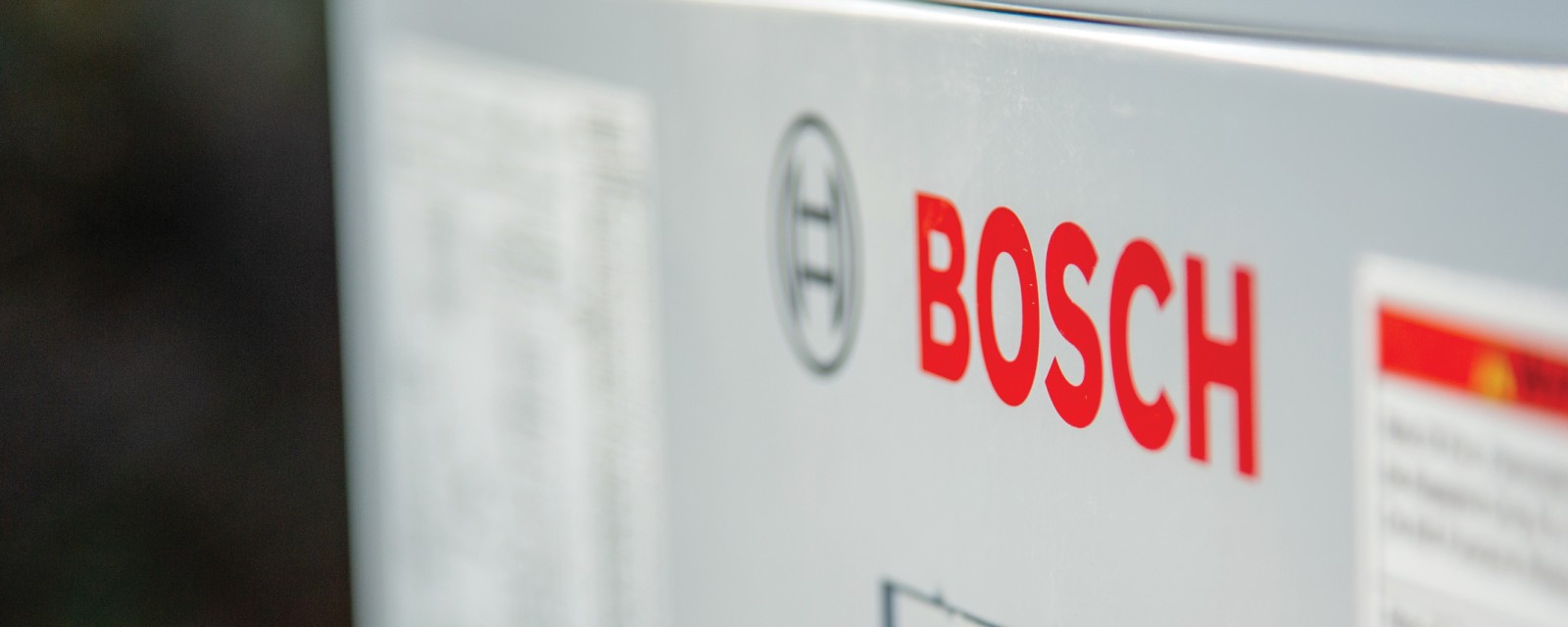
A2L Refrigerant Change Guide
How to understand and prepare for the transition to lower-GWP refrigerants in heating and cooling systems and what it means for your business.
Why Is HVAC Refrigerant Changing?
All HVAC manufacturers in the United States, including Bosch, will be transitioning their product lines to incorporate low-GWP refrigerants over the next several years due to recent environmental legislation. Heat pumps and air-conditioner systems that use refrigerants with a global warming potential (GWP) above 700 will not be manufactured after December 31, 2024. Split systems may be sold and installed through December 31, 2025, while packaged systems have a deadline of December 31, 2027.
Follow along to see what these changes mean for your business and how to best prepare for them.
Quick Jump
What is Happening In This Transition?
How Do I Install Low-GWP Refrigerant Products Safely?
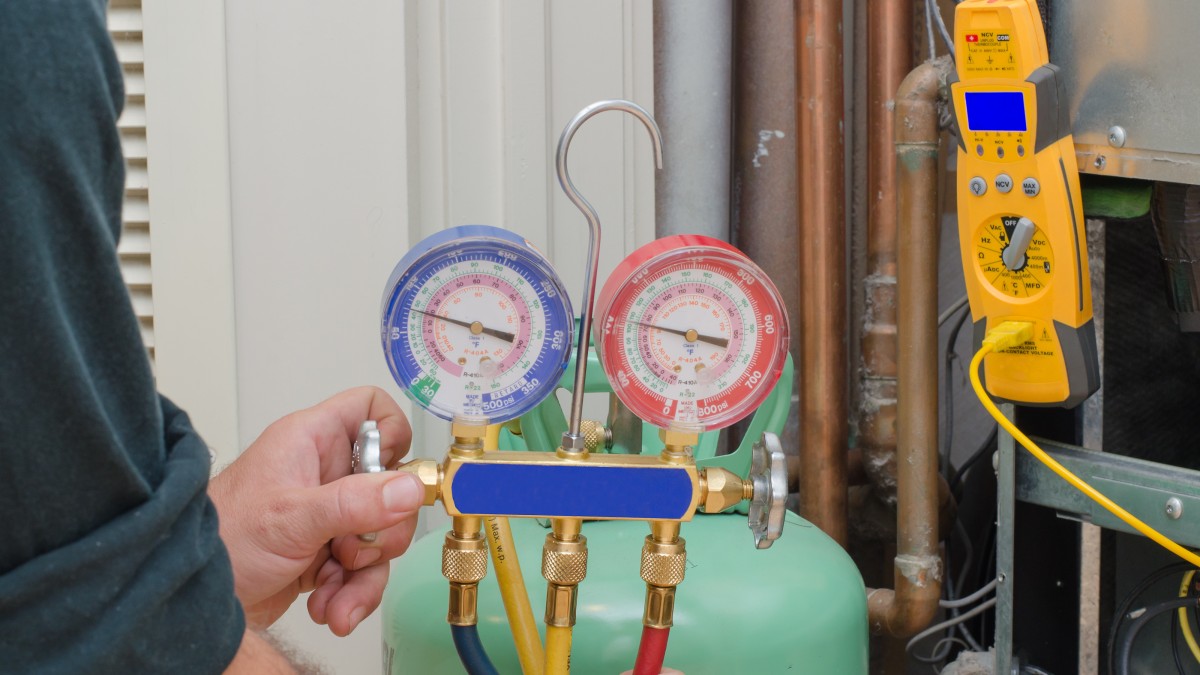
Key Highlights
- Bosch will comply with the American Innovation and Manufacturing (AIM) Act of December 2020, which directs the EPA to address the environmental impact of hydrofluorocarbons (HFCs) currently utilized in our heat pumps.
- The Act sets in place a phasedown of production and consumption of HFCs such as R-410A in use today, while maximizing reclamation and minimizing refrigerant releases from our equipment, and will require Bosch to move away from equipment with R-410A to the next level of low GWP refrigerant, R-454B.
- Bosch is also meeting the requirements of the Kigali Amendment, the most recent revision to the Montreal Protocol ratified by many countries and effective globally on January 1, 2019, adding restrictions to the Montreal Protocol on substances with global warming potential (GWP).
- R-454B refrigerant falls into a category called “A2L”, which refers to a class of refrigerants with low toxicity and low flammability.
- Safety protocols for new R-454B and past refrigerants are largely the same, with many of the best practices commonly used today still applicable. However, there will be some new protocols pertaining specifically to A2L refrigerant to be aware of.
- Bosch will develop training to help our partners in the field during this transition, focused on safety, installation, operation, and service, for these new units.

What is happening in this transition?
In December of 2020, Congress passed the American Innovation and Manufacturing (AIM) Act, which requires the reduction of HFC use by 85% through 2036. As a result, the EPA is working to facilitate the transition to next-generation technologies through sector-based transitions.
The low-GWP refrigerant transition will impact the requirements and processes for: Installation; Sale, Distribution and Export; Component Replacement; and Refrigerant Leakage Detection.
-
Installation
The AIM Act mandates restrictions on the use of certain HFC refrigerants to reduce their consumption. For the HVAC industry, installations of systems utilizing HFC refrigerants with a GWP rating higher than 700 are restricted.
- Transitional Period for Equipment:
Existing residential heat pump systems can be serviced and repaired throughout their useful life, including component replacements as needed.- New Installation Requirements:
-
Sale, Distribution, and Export
The EPA is restricting the sale, distribution, and export of products containing higher-GWP HFCs three years after the manufacture/import-restriction dates. A product is functional upon leaving a factory. Examples of products include window air-conditioning units, refrigerators, and stand-alone ice machines, or our Bosch Inverter Ducted Package (IDP) unit.
-
Component Replacement
A homeowner can replace a faulty component (e.g., condensing unit, indoor coil, other smaller parts) with a similar R-410A component anytime—no prohibition applies to a component. The EPA does not restrict the manufacture, import, sale, distribution, or export of components that are used to repair existing refrigeration, air-conditioning and heat-pump (RACHP) systems.
-
Refrigerant Leakage Detection
Due to the new refrigerants, there will be changes to HVAC products: new sensors will be installed in the units to detect refrigerant leakages. There will also be new labels to better inform users of the refrigerant in their systems.
How do I install A2L (Low-GWP) refrigerant products safely?
- Overall, the installation of low-GWP refrigerant products is similar to the products you currently work with. However, there are several differences to note:
- Refrigerant type matters for low-GWP products. This means you cannot mix and match products that use different refrigerants.
- Installation of equipment utilizing A2L R-454B refrigerant will be impacted by many factors about the refrigerant including characteristics, composition, environmental impact, safety and flammability, efficiency, and performance. These new system installations will use equipment with R-454B refrigerant, and no retrofitting of existing R-410A systems is allowed. Applications for air-source and water-source heat pumps with R-454B must follow manufacturer installation and operating criteria. Additionally, installation procedures must apply proper refrigerant-handling techniques, and recommended leak detection and repair. Please see the FAQ section for answers to associated questions.
- There will be changes to the rules governing production, consumption, and reclamation of refrigerants. Some of these rules are still in the proposal stage, so please check this page at a later date for more details.
How will this impact me?
Contractors
When handling A2L R-454B refrigerant for Bosch heat pump systems, contractors, installers, and service personnel must know the refrigerant’s potential risks and proper safety measures. These include understanding the refrigerant’s properties and use, personal protective equipment (PPE), and equipment manufacturer installation criteria. Additionally, contractors must be trained in proper handling of refrigerants. Please see our FAQ section for more information.
Wholesalers and Distributors
It’s crucial that the separation between low-GWP refrigerants is clear to contractors to avoid any potential for confusion. In addition, wholesalers will likely bear the brunt of a number of questions. It’s important to train your team so they’re knowledgeable about the subject and can better prepare consumers for the transition. See the quick-link sections below for more resources you can share with your team.
Homeowners
This transition shouldn’t have a significant impact on homeowners. With the proper safety measures in use to address the transition and preparation in the supply chain to keep prices on an even keel, the goal is to minimize impact to consumers as much as possible.
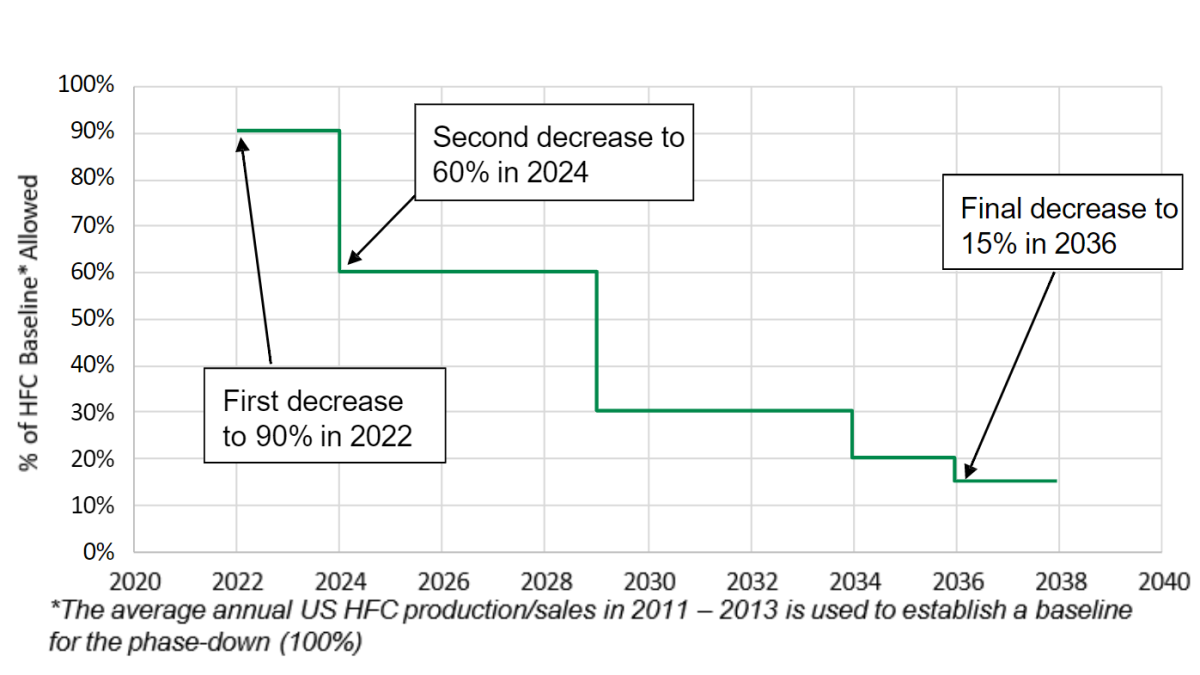
Bosch A2L Transition Course
Bosch Home Comfort has put together a free simple interactive course to help HVAC contractors get up to speed on the R-454B refrigerant transition and working with A2L refrigerants. Click below to get started!
What is Bosch doing?
In alignment with global goals to create a better future for the environment, Bosch is meeting new federal regulations and worldwide treaties to reduce carbon emissions.
New Bosch heat pumps will utilize a next generation refrigerant, R-454B, with a GWP rating of 466, well below the required Environmental Protection Agency (EPA) US GWP limit set at 700. This means that R-410A, with a GWP of 2,088, will no longer be used in new Bosch equipment.
R-454B, as a new low GWP alternative refrigerant, is classified by ASHRAE as mildly flammable, or A2L, and will require updates to standards and codes for its safe use.
The R-454B refrigerant has been deemed safe for use in the Bosch Heat Pump portfolio and is considered the second safest class of refrigerant with a low flammability rating.
Refrigerant leak detection sensors may vary between manufacturers, and could include infrared sensors, or thermal conductivity sensors. Sensors will be installed near the indoor coils in Bosch units and are designed to detect R-454B refrigerant vapor. If detecting more than a specific amount of vapor from a leak, the sensors will disengage the compressor and energize constant blower operation to prevent buildup of refrigerant vapor within the space.
Bosch will offer a Refrigerant Sensor Adaptor Box for third-party furnaces.
Bosch will meet UL Standard 60335-2-40, an ANSI/SCC approved standard covering electric heat pumps, that allows and regulates the use of A2L refrigerants, and is the basis for design, evaluation, testing and certification of Bosch heat pumps using low GWP refrigerant.
Bosch water source and air source packaged units will be pre-charged with R-454B. Split systems will have a holding charge of R-454B in the condensing section and may require field modification for proper system capacity commissioning.
The Bosch low GWP transition will be accomplished through restrictions on refrigerant supply, requirements for our products being met, and reclamation requirements we must follow.
We will meet restrictions for our systems that use any refrigerant with a GWP above 700 after January 1, 2025, and will provide system training and information requirements to all Bosch partners.
Bosch is closely watching the low GWP requirements and will be announcing the product updates throughout 2024.
Low-GWP Portfolio Plan - A2L Strategy
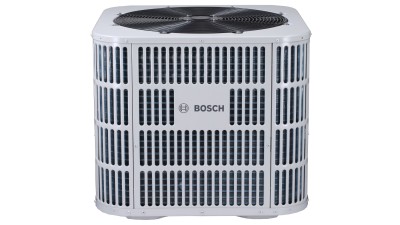
Unitary Heat Pumps
Bosch IDS Heat Pump Outdoor unit + Bosch Air
Handler: Bosch IDS Air Handlers will include a factory-installed A2L Sensor on the evaporator coil that directly connects to the indoor control board
Bosch IDS Heat Pump Outdoor unit + Bosch Cased Coil + 3rd Party Furnace: Use of field installed A2L accessory kit will enable communication of leak detection. This will start up the blower of the 3rd party furnace and shut down the compressor of the condenser
Bosch IDS Heat Pump Outdoor unit + Cased Coil + Bosch Furnace: Bosch Cased Coils will include a factory-installed A2L Sensor on the evaporator coil that directly connects to the Bosch furnace’s control board
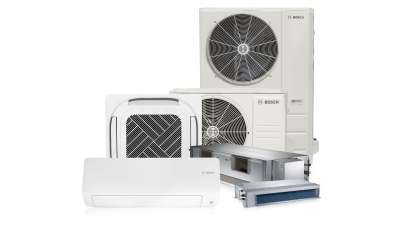
Ductless Heat Pumps
Bosch Climate 5000 Family: All Bosch Climate 5000 units will include a factory-installed A2L Sensor on the evaporator coil that directly connects to the indoor unit's control board.
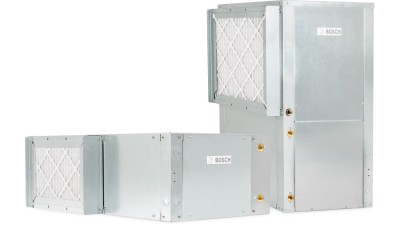
Water Source Heat Pumps (WSHP)
Bosch WSHP: Equipment including above 64oz of refrigerant will have a factory installed leak detection sensor installed internally and connected to the unit controller
Key Definitions
- Low GWP - Global Warming Potential. A rating system to measure GWP. The air conditioning rating must be less than 700 GWP to be compliant.
- HFC - Hydrofluorocarbons
- A2L Sensor - If detecting more than a specific amount of vapor from a leak, A2L sensors will disengage the compressor and energize constant blower operation to prevent buildup of refrigerant vapor within the space.
- AIM ACT - The AIM ACT mandates a 15-year phasedown of HFCs at a national level, administered by EPA, and aligned with the Kigali schedule.
- REFRIGERATION CONCENTRATION LIMIT (RCL) - Concentration limit intended to reduce the risks of toxicity, asphyxiation, and flammability.
- FLAMMABLE CONCENTRATION LIMIT (FCL) - Concentration limit intended to reduce the risk of fire or explosion.
- LOWER FLAMMABILITY LIMIT (LFL) - Lowest amount of a specific refrigerant in air that allows for flammability.
Interactive A2L Refrigerant Building Code Map
Check out AHRI's interactive map of the United States and Canada, listing state and local building codes and legislation passed to allow equipment using A2L refrigerants.
General A2L Refrigerant Change FAQ
What does “A2L” stand for and mean?
What is the critical role of A2L refrigerants?
Is A2L refrigerant safe?
Can R-454b be introduced into an existing R-410a system?
what is recovery
Something something recovery
Contractor/Installer A2L Refrigerant Change FAQ
What does “A2L” stand for and mean?
What is the critical role of A2L refrigerants?
Is A2L refrigerant safe?
Can R-454b be introduced into an existing R-410a system?
This page was last reviewed and edited on 1/24/25 and will continue to be updated.